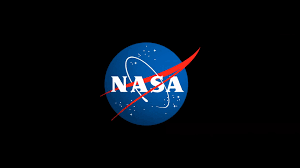NASA is getting ready to launch a satellite that will behave exactly like an artificial star before the end of the decade as part of a new project known as the Landolt Space Mission. The mission’s primary goal is to increase our understanding of the universe by boosting the precision of ground-based telescopes. The satellite, which will be roughly the size of a loaf of bread, will launch in early 2029.
Eight lasers that are capable of creating the light from stars even to that of a supernova will be housed in the lab. With the help of this satellite, astronomers will be able to more accurately calibrate their telescopes and other observatory equipment. And this will enable to measure actual celestial objects with greater accuracy.
The planned location of the artificial star satellite is at 35,785 kilometers above the Earth. It will be able to maintain a geosynchronous orbit, which is stationary from Earth’s perspective, at this distance.
The goal of the distance, according to the mission’s principal investigator Peter Plavchan, is to make the satellite look like an actual star.
Additionally, for the first year, the geosynchronous location will remain above the United States, allowing NASA and other independent observatories in the nation to conduct better observation.
Although the artificial star won’t be visible to the human eye, standard telescopes that take pictures with digital cameras will be able to clearly see it.
If implemented, this arrangement might aid astronomers in focusing more precisely on variations in star brightness and associated characteristics.
The project, named after Arlo Landolt, a significant contributor to the creation of star brightness catalogs, was given NASA approval in February and made public on June 10. According to the firm, the effort would cost about $19,500,000 and involve 30 team members.
The Landolt Space Mission is indeed a significant advancement in space exploration.
Because it will serve as a more reliable and well-known sky “landmark,” scientists will be able to more accurately calibrate their techniques and gather data with each observation, ultimately unlocking more secrets about the universe.







